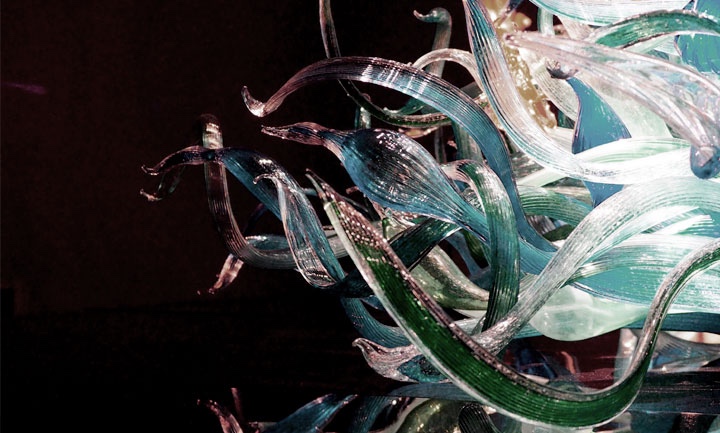Our sense of smell is the strongest of our senses, having a direct link to two major areas in the brain involved in emotion and memory: the amygdala and hippocampus. Scent can trigger an emotional response instantly if there’s information stored in the brain associated with a particular scent, which usually involves other factors like sight, sensation or sound.
It’s a pretty incredible facet of our brain capability, as the richness of our memories informs our lives. This integration of senses can be referred to as cross-modal perception or multi-sensory integration, and research continues delving into just how our brains choose to process information and senses collaborate to perceive the world around us and make sense of it.
In a study conducted by Daniel Wesson and Donald Wilson looking at the brain’s olfactory tubercle, participants smelled different wines and paired them with a sound in order to emphasize the characteristics and learn more about the spectrum of wines. Most participants chose the same pairings, such as coupling the fruity wine with a high piano note sound and muskier smells with heavy brass sounds, proving that certain smells can be associated with other particular sensory experiences. When these are combined through cross-modal perception, a rich and unique memory is made, involving multiple sensory components and having a greater impact in our memories.
The concept of multisensory integration is not just present in science and research though; brands have used it as a way to make a greater impact on its audience (think: the recent Museum of Feelings exhibition in NYC, where different rooms were tailored to distinct moods and emotions using scent, touch, vision and sound) and artists have used it as a way to enrich the interpretation of their event. Vision and sound is a particularly popular pairing of the senses. In the world of dance and electronic music, many artists consider their visual element to be just as important as the sound they’re creating in their environment during a live show. Eric Prydz, for example, is in the midst of his recently launched EPIC 4.0 show, which uses advanced stage production and technology through a team of skilled visual designers and sound engineers to create an atmospheric experience with digital displays and 3D projection mapping.
In another example of a multi sensory artistic project, Air Aroma helped launch an exhibition of sound and scent. Unsound Festival, an experimental music series that first started in Poland in 1993, was brought to the US in NYC in 2014, where one of the exhibits was Ephemera. Three different scents called noise, drone and bass were created and diffused to pair with the particular sounds of each musician: Tim Hecker, Kode9 and Ben Frost. Each sound and smell was present in its own room to create a stimulating environment for each artists’ work. You can read more about this event here.
Experiences become more unique when multiple senses are involved, creating a greater impact in our memories and on an audience. The same part of the brain that’s in charge of processing senses is responsible for storing emotional memories. Emotions are key to storing information in the brain. In order to sincerely reach your audience, Air Aroma recommends utilizing scent, as this is the strongest link to our memories! We can help translate music notes into fragrance notes, and visual designs into scent designs. Contactus today and we’ll help develop all your scenting project needs, from conceptualization, design, and execution.
